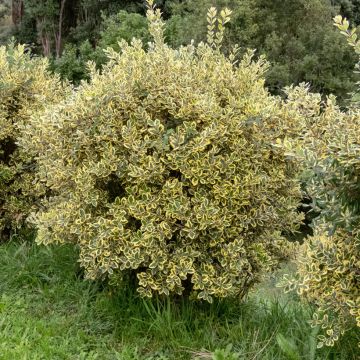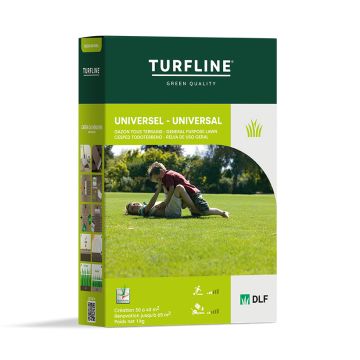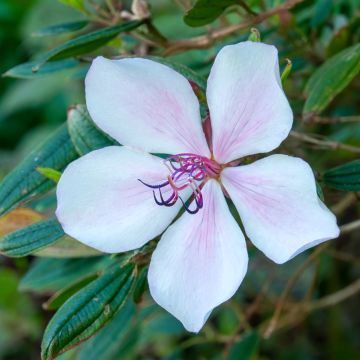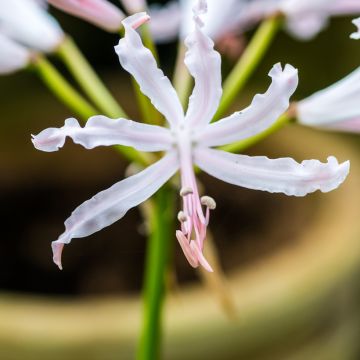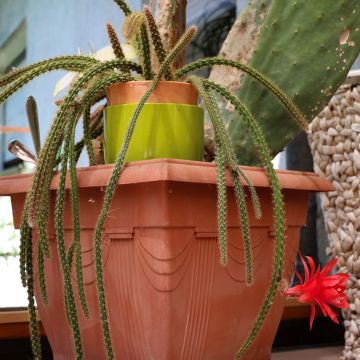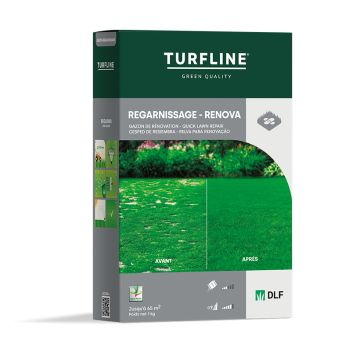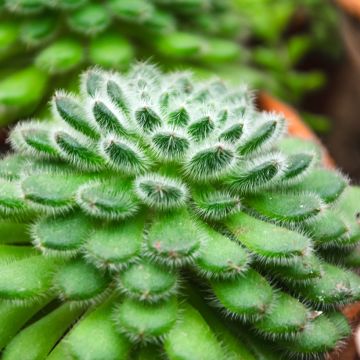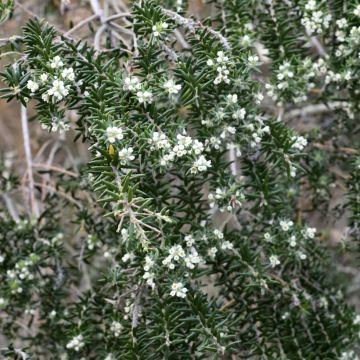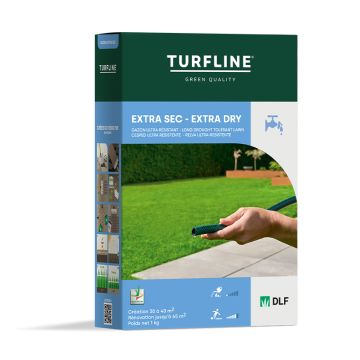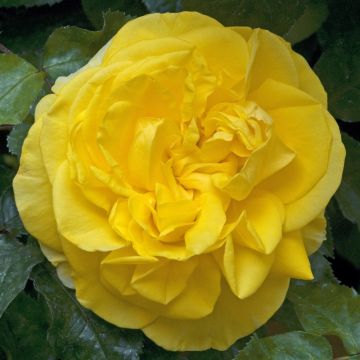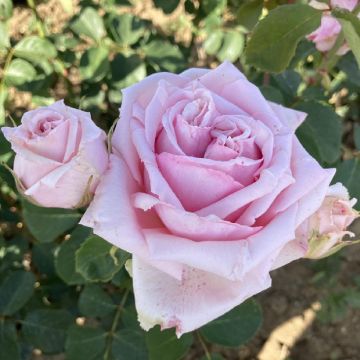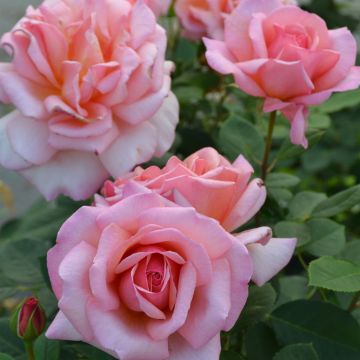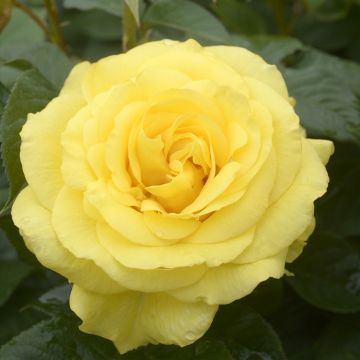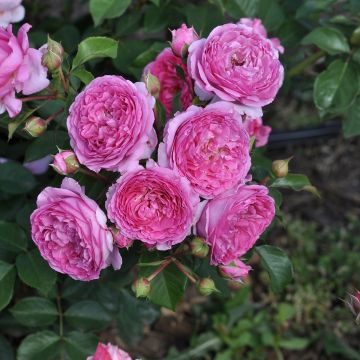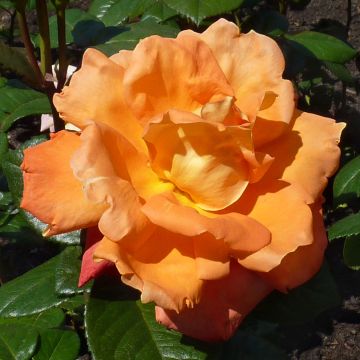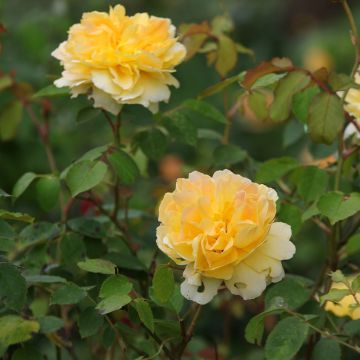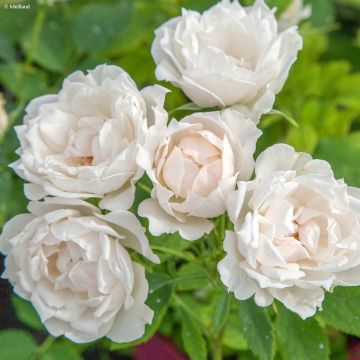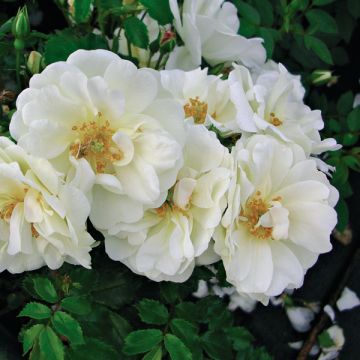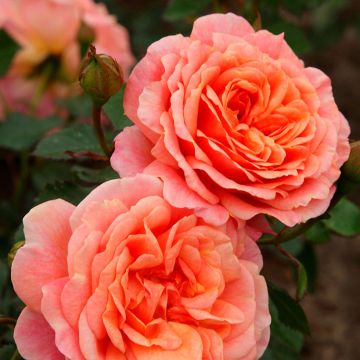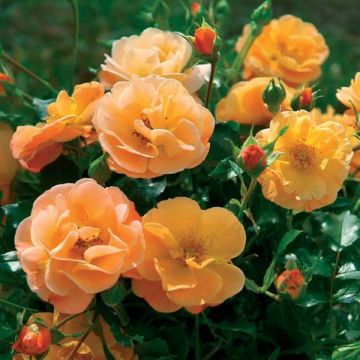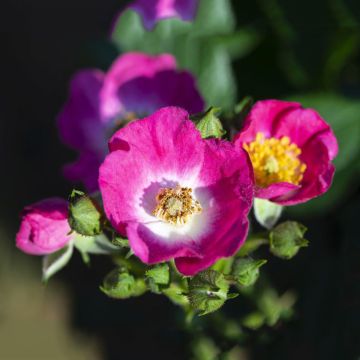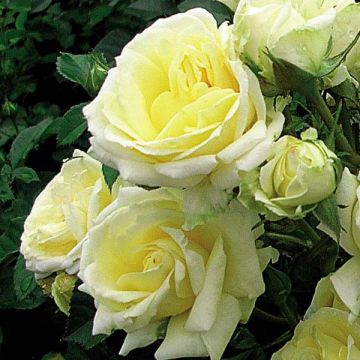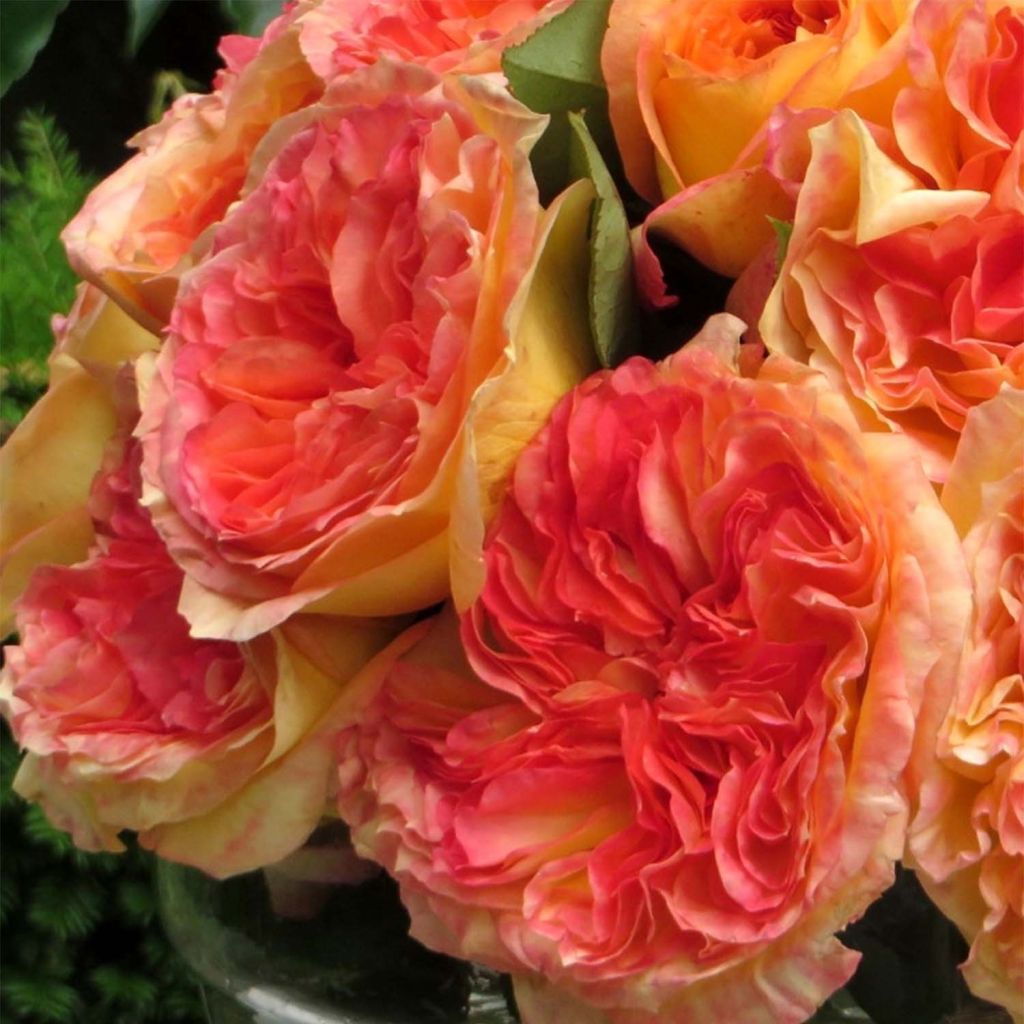

Rosa Henri Delbard - Hybrid Tea Rose
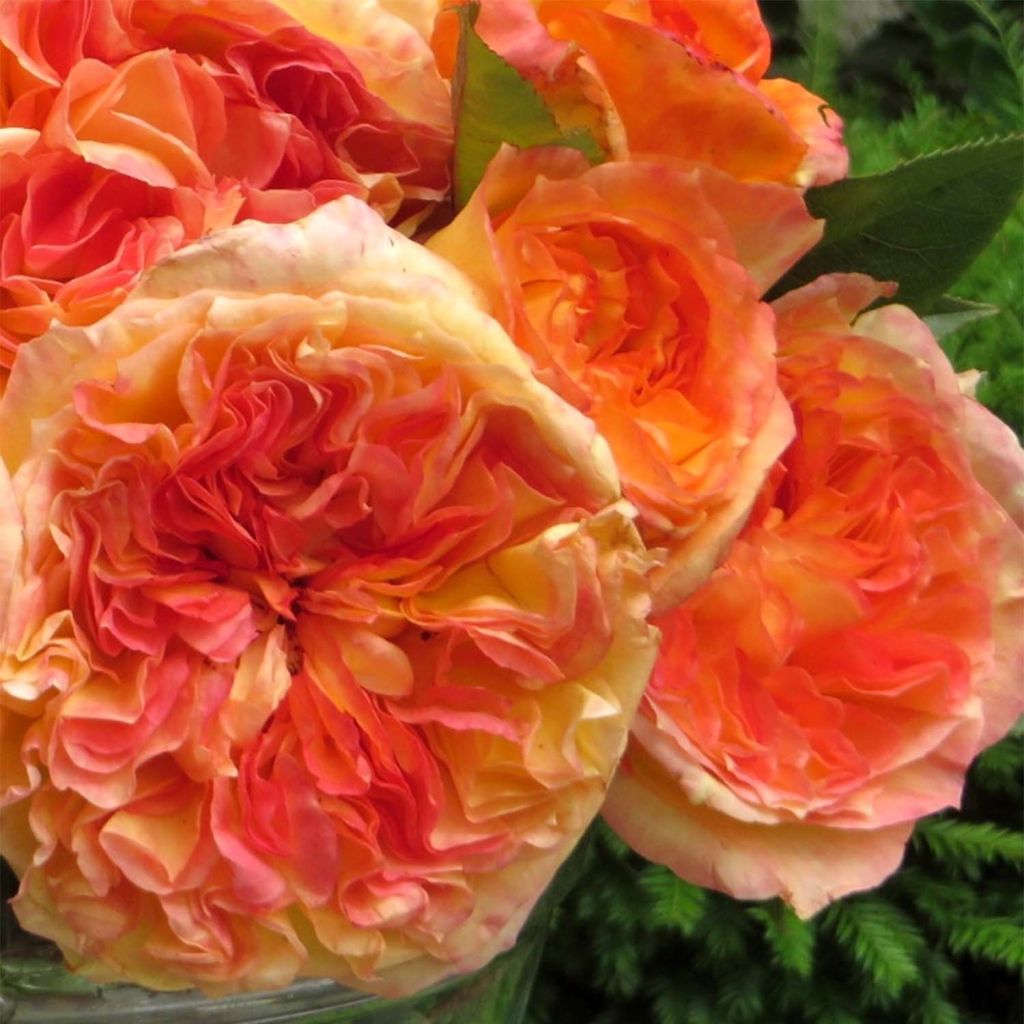

Rosa Henri Delbard - Hybrid Tea Rose
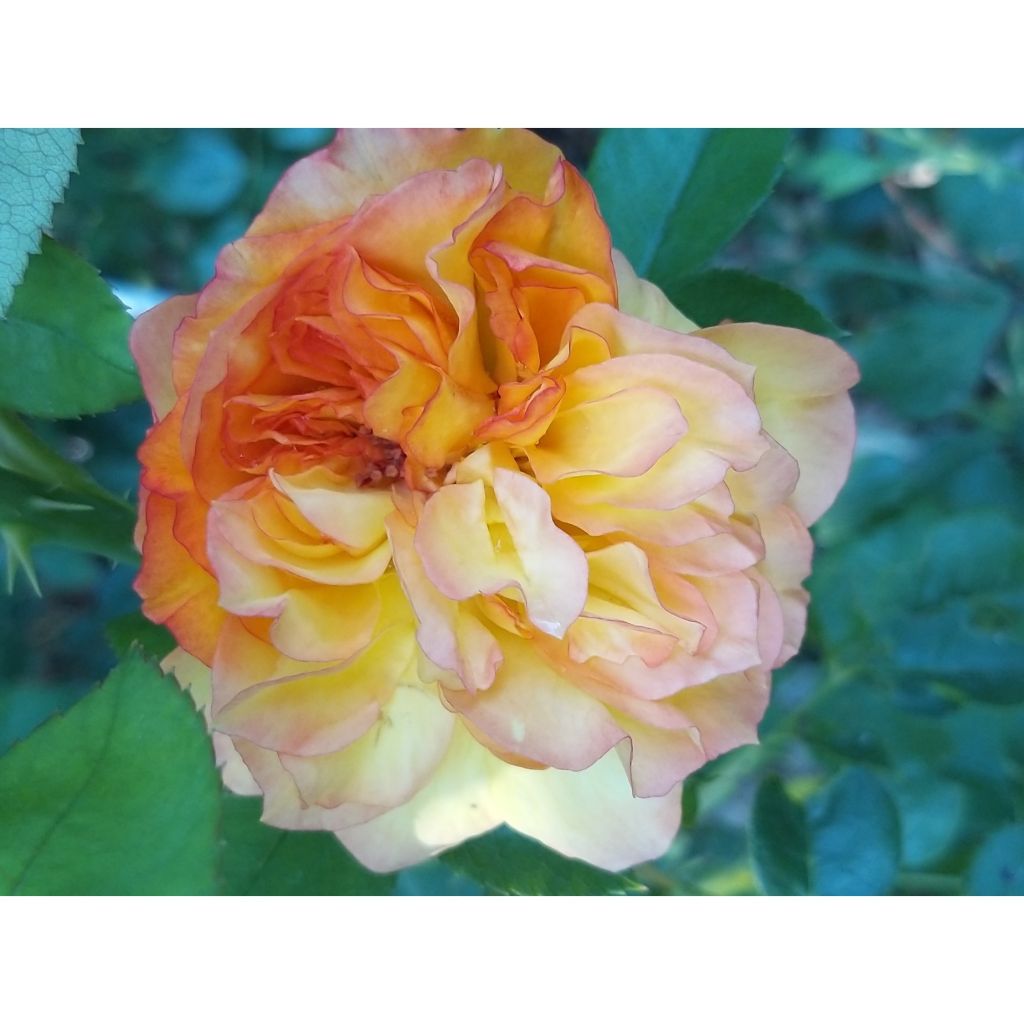

Rosa Henri Delbard - Hybrid Tea Rose
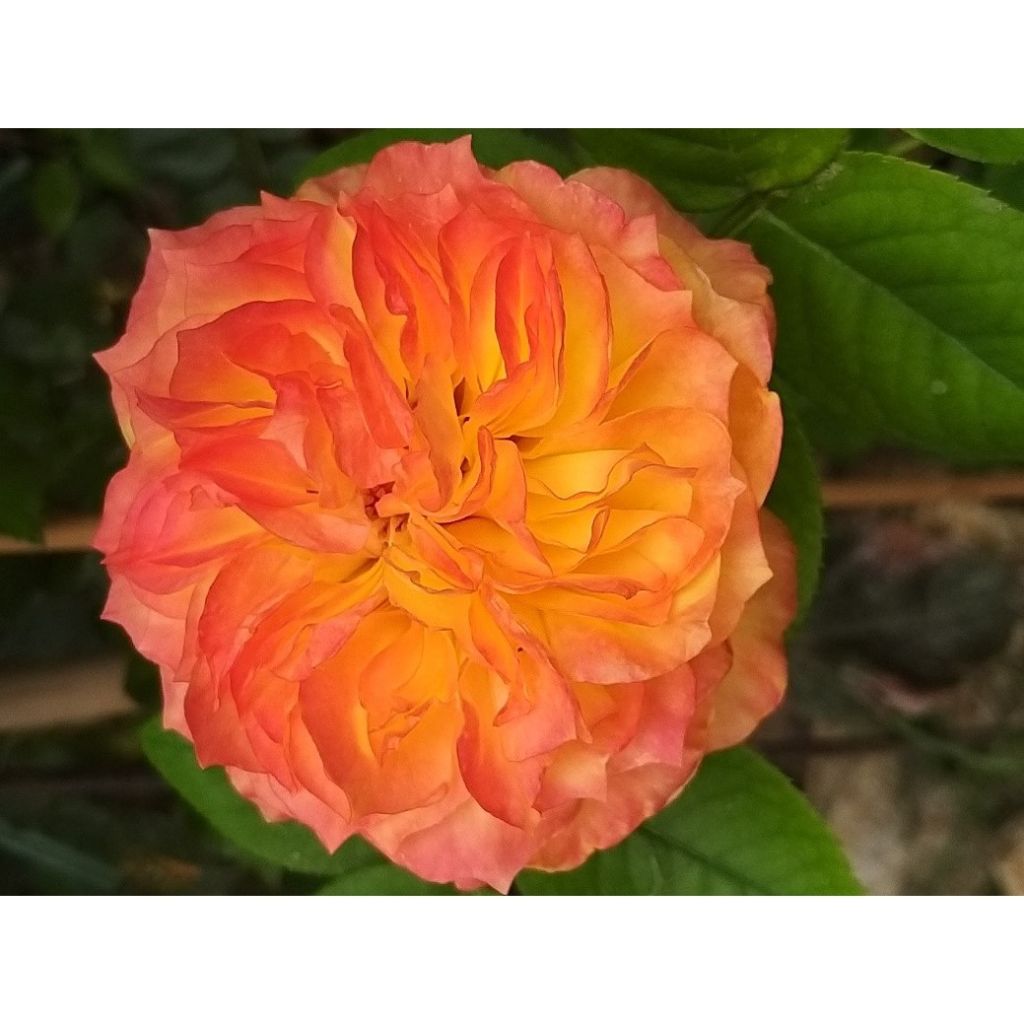

Rosa Henri Delbard - Hybrid Tea Rose
Rosa Henri Delbard - Hybrid Tea Rose
Rosa Henri Delbard® delclaudibi
Why not try an alternative variety in stock?
View all →This plant carries a 24 months recovery warranty
More information
We guarantee the quality of our plants for a full growing cycle, and will replace at our expense any plant that fails to recover under normal climatic and planting conditions.
From €7.90 for pickup delivery and €6.90 for home delivery
Express home delivery from €8.90.
From €7.90 for pickup delivery and €6.90 for home delivery
Express home delivery from €8.90.
Does this plant fit my garden?
Set up your Plantfit profile →
Description
The 'Henri Delbard' Rose is undoubtedly the favourite of the famous rose breeder among his latest creations that highlight the fragrance and romance of flowers while not neglecting the robustness of the plants. With its old-fashioned shape, this rose opens up in a full cup in a warm gradient of coppery orange, revealing a heart as shimmering as a sunset and releasing a fruity fragrance with green notes, citrus, and mango. The flowering of this variety is particularly perpetual, and its very long-lasting flower in a vase is ideal for creating scented bouquets. The vigorous and healthy bush that carries them also has a very good natural resistance to rose diseases.
'Henri Delbard' 'Delclaudibi', registered in 2018 by Delbard, already received an award in Madrid in 2015 for its perfume. It is a modern bush rose with large flowers, vigorous and bushy in habit. Under good conditions, it reaches a height of about 90 cm (35in) and a spread of 60 cm (24in) at maturity, with rapid growth. This rose produces thorny branches that bear dense foliage cut into large, toothed leaflets of a dark green colour. Throughout the summer and until October, if faded flowers are removed, the plant continuously produces well-double flowers of medium size, measuring 9-10 cm (4in) in diameter, with a slightly flattened cup shape reminiscent of certain old roses. They open in tight quarters. Their colour is a mix of pink-orange, orange, and apricot, with the outer part of the flower often tinged with cream and pink. The Corolla's centre is adorned with flamboyant tones. The flowers are borne at the end of long shoots from the current year or emerging from 2-year-old stems. Their fragrance is pronounced. The foliage of this variety is remarkably healthy.
As the rose breeder, Delbard, explains about his rose 'Henri Delbard': "With the colour of a summer sunset, its perfume with exotic notes and its excellent disease resistance make it one of our most beautiful creations..."
'Henri Delbard' is a beautiful rose that will delight enthusiasts of warm-toned flowers. This variety only requires fertile soil that remains moist to express itself fully. A solid, romantic, and fragrant bush, ideal for planting in borders or groups of 3 plants at the centre of a flowerbed. It blends well with perennials and light annuals such as paniculate gypsophila, campanulas, paniculate phlox, or tall foxgloves. Its moderate growth is suitable for gardens of all sizes. It can also be paired with a small herbaceous clematis (alpina, integrifolia, heracleifolia). It can also be placed near the house to enjoy its superb fragrance, alone or in combination with the vibrant Le Grand Huit rose or the white 'Fée des Neiges' rose. Finally, its roses are stunning in bouquets, combined with lilies in summer or asters in autumn.
Rosa Henri Delbard - Hybrid Tea Rose in pictures
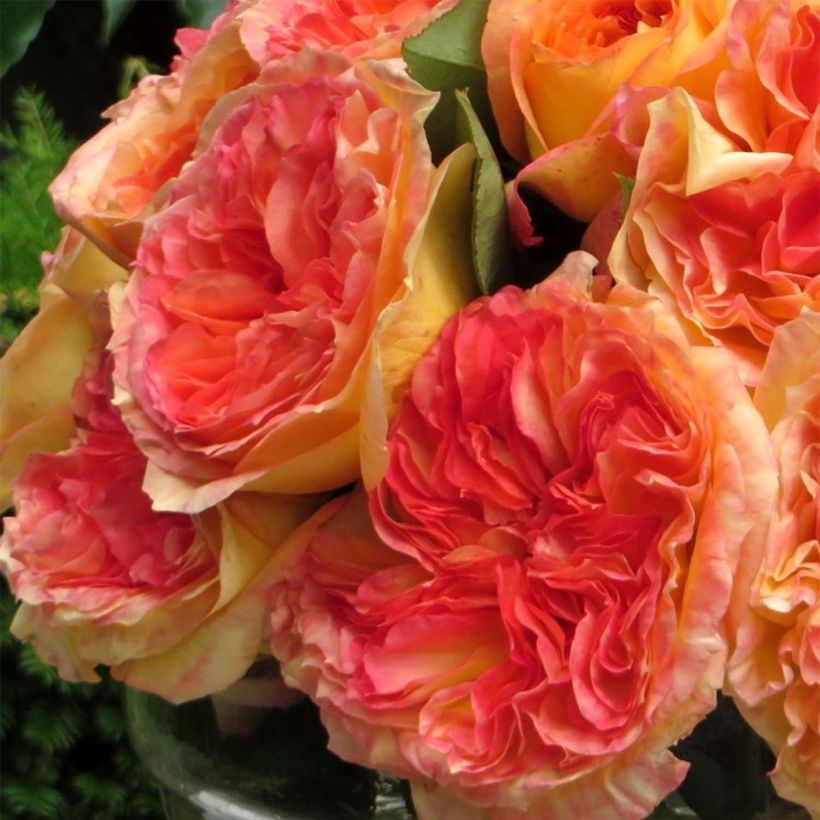

Plant habit
Flowering
Foliage
Botanical data
Rosa
Henri Delbard® delclaudibi
Rosaceae
Cultivar or hybrid
Rosa canina Laxa (Wrapped bare root), Rosa multiflora (3L/4L pot)
Other Large-flower tea Roses
View all →Planting and care
Choose a sunny or lightly shaded spot with well-worked soil that is not too heavy and has enough nutrients. Avoid planting in poor and excessively dry soils. Prepare the soil by crumbling it and adding an amendment, such as blood, fish and bone, at the bottom of the planting hole. After planting, water abundantly to remove air pockets and continue to water regularly for a few weeks to help the roots establish.
Pruning modern repeat flowering roses is important for flowering and should be done in three stages:
1. Regular maintenance pruning: During the season, regularly shorten the flowering branches and remove faded flowers along with their stem, leaving 2 or 3 leaves to encourage repeat flowering.
2. Preparatory autumn pruning: Lightly prune in preparation for the 'main' spring pruning. Note: This is not recommended in regions with cold winters as this could weaken the bush.
3. Spring pruning: In February-March, when the buds have become shoots 2 to 3 cm (1in) long, prune the young, strong branches to one-quarter of their length.
When pruning, always aim to remove dead wood, diseased branches, and weak shoots while opening up the centre of the bush. Retain the most vigorous branches, generally 3 to 6 well-positioned, to maintain an attractive habit. Always prune at a slant ½ cm or 1 cm (0in) above an outward-facing bud.
Roses may develop unsightly spots at the end of summer, but this is a natural occurrence and doesn't harm the rose's growth.
Planting period
Intended location
Care
-
, onOrder confirmed
Reply from on Promesse de fleurs
Roses by purpose
Haven't found what you were looking for?
Hardiness is the lowest winter temperature a plant can endure without suffering serious damage or even dying. However, hardiness is affected by location (a sheltered area, such as a patio), protection (winter cover) and soil type (hardiness is improved by well-drained soil).

Photo Sharing Terms & Conditions
In order to encourage gardeners to interact and share their experiences, Promesse de fleurs offers various media enabling content to be uploaded onto its Site - in particular via the ‘Photo sharing’ module.
The User agrees to refrain from:
- Posting any content that is illegal, prejudicial, insulting, racist, inciteful to hatred, revisionist, contrary to public decency, that infringes on privacy or on the privacy rights of third parties, in particular the publicity rights of persons and goods, intellectual property rights, or the right to privacy.
- Submitting content on behalf of a third party;
- Impersonate the identity of a third party and/or publish any personal information about a third party;
In general, the User undertakes to refrain from any unethical behaviour.
All Content (in particular text, comments, files, images, photos, videos, creative works, etc.), which may be subject to property or intellectual property rights, image or other private rights, shall remain the property of the User, subject to the limited rights granted by the terms of the licence granted by Promesse de fleurs as stated below. Users are at liberty to publish or not to publish such Content on the Site, notably via the ‘Photo Sharing’ facility, and accept that this Content shall be made public and freely accessible, notably on the Internet.
Users further acknowledge, undertake to have ,and guarantee that they hold all necessary rights and permissions to publish such material on the Site, in particular with regard to the legislation in force pertaining to any privacy, property, intellectual property, image, or contractual rights, or rights of any other nature. By publishing such Content on the Site, Users acknowledge accepting full liability as publishers of the Content within the meaning of the law, and grant Promesse de fleurs, free of charge, an inclusive, worldwide licence for the said Content for the entire duration of its publication, including all reproduction, representation, up/downloading, displaying, performing, transmission, and storage rights.
Users also grant permission for their name to be linked to the Content and accept that this link may not always be made available.
By engaging in posting material, Users consent to their Content becoming automatically accessible on the Internet, in particular on other sites and/or blogs and/or web pages of the Promesse de fleurs site, including in particular social pages and the Promesse de fleurs catalogue.
Users may secure the removal of entrusted content free of charge by issuing a simple request via our contact form.

































